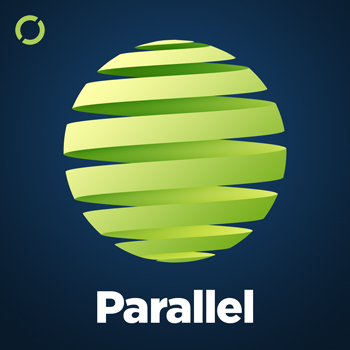Latest Episodes
#33: A Visit with Apple's Accessibility Team
July 14th, 2020 · 28 minutes
What's coming for accessibility on Apple's platforms? I talk with Sarah Herrlinger, Apple Director of Global Accessibility Policy and Initiatives, and Dean Hudson, and engineer on the Apple accessibility team.
#32: Access to the Post-Apocalypse
July 7th, 2020 · 47 minutes
There are accessible video games, but it's not a given. The long-awaited The Last of Us 2 has taken lots of knocks from reviewers, but it's probably the most accessible game ever.
#31: WWDC 2020: Going to Visit Dad at the Office
June 23rd, 2020 · 81 minutes
WWDC 2020 is like no previous iteration of Apple's developer event. We talk about what's new, including accessibility updates. We also dig in on tech conferences. What do we want from them and what are the barriers to making them great experiences.
#30: It's Like Playing Jazz
June 8th, 2020 · 75 minutes
Here's where you learn about developing inclusive apps – not why it's a good thing, but how developers can get started doing it. We talk about addressing a variety of disabilities, and doing user testing to achieve accessibility in more than name only
#29: Under the Feet of a Drunken Giant
May 12th, 2020 · 56 minutes
Video just keeps growing as a way to tell stories about technology. Both of my guests have made video a mainstay of their creative output, so I wanted these two experts to school my audio-centric self. We also talk a lot about accessibility advocacy.
#28: Bring on the WWDC Riff Trax
April 28th, 2020 · 70 minutes
Here's the Parallel take on two new bits of Apple gear. What will each mean for users, and for Apple itself? We talk iPhone SE the sequel, iPad's new Magic Keyboard, how WWDC could come off this year, and more.
#27: Fast Shipping. Looks Great!
April 14th, 2020 · 55 minutes
How do product reviewers work? Do the people who evaluate gadgets for your favorite sites do rigorous testing, or rely on their gut? We talk about what it takes to write an authoritative post that people will actually want to read.
#26: My Aunt from the Circus
March 31st, 2020 · 52 minutes
What's it like to work at home when you usually go to an office? My guests, a Microsoft program manager and a radio reporter, will fill you in.
#25: The Multi-Face Lifestyle
January 7th, 2020 · 28 minutes
I'm BACK, with a solo episode that amounts to 'what I did on my unintended podcast vacation.' With Apple products. I finally own an Apple Watch, and the latest edition of my book about iOS accessibility is out the door.
#24: Don't Call It Queen Cake
September 10th, 2019 · 57 minutes
There's a new operating system in town, and it's delicious. It's Android 10. Join us for a look at what's new.

